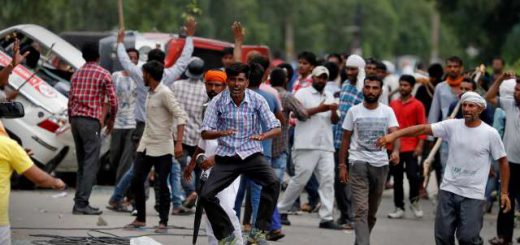‘Navy had a tough time at Aden port before rescuing Indians’
Operation Rahat had to be conducted over two to three kilometres away from the port as the escalated conflict made it impossible for the Navy vessels to anchor at Aden port.
As the Indian Navy’s mission to evacuate civilians from strife-torn Yemen completed successfully, the crew of INS Tarkash, which participated in the operation and currently anchored in Mumbai, recollected many tales from the arduous task assigned to them. Code named ‘Operation Rahat’, they managed to rescue 3,074 people, including 1,783 Indians and 1,291 foreign nationals.
When INS Tarkash entered the Gulf of Aden on April 10, their mission was clear — to rescue only Indian nationals stranded in the region.
Related
However, Commanding Officer Pradeep Singh was surprised when he saw two small passenger boats packed with Yemeni nationals waiting. Singh had to take a quick decision — as the foreigners were adamant on embarking the ship that was leading Operation Rahat.
“We reached Aden by 9.30 am. While the order was to evacuate only Indian nationals, we could spot two passenger boats carrying only foreigners. When I checked with a point-person at Aden port, I was told that Indian evacuees were being held hostage and would be released only if foreigners were taken on board. It was a peculiar situation that required caution… We therefore decided to rescue even the foreign nationals but with a condition that Indian nationals be ‘released’ and sent immediately for evacuation,” Singh told The Indian Express.
Operation Rahat had to be conducted over two to three kilometres away from the port as the escalated conflict made it impossible for the Navy vessels to anchor at Aden port. The Navy followed a standard drill — primary checks by a point-person either from the Yemeni government or the Indian Ministry of External Affairs at the Aden port, a passenger boat for the evacuees and then a screening before they could embark. Documents were verified in real time by officials seated in a makeshift control room.
“There were over 10-12 people on a boat and at a time 10-15 boats would line up for evacuation and therefore we had only about 30 seconds to screen a person,” said Commander R V Subramanian. Subramaniam was also part of the team that boarded the coffin of Manjit Singh, a resident of Himachal Pradesh, who died in the bombings. “We managed to get the local authorities to put the body in a makeshift coffin,” he said.
Source:: Indian Express









